Henry’s New Big Boy Color Case Hardened Side Gate Rifle
A Made in the USA Lever Gun for All
other By: Stan Trzoniec | January, 26

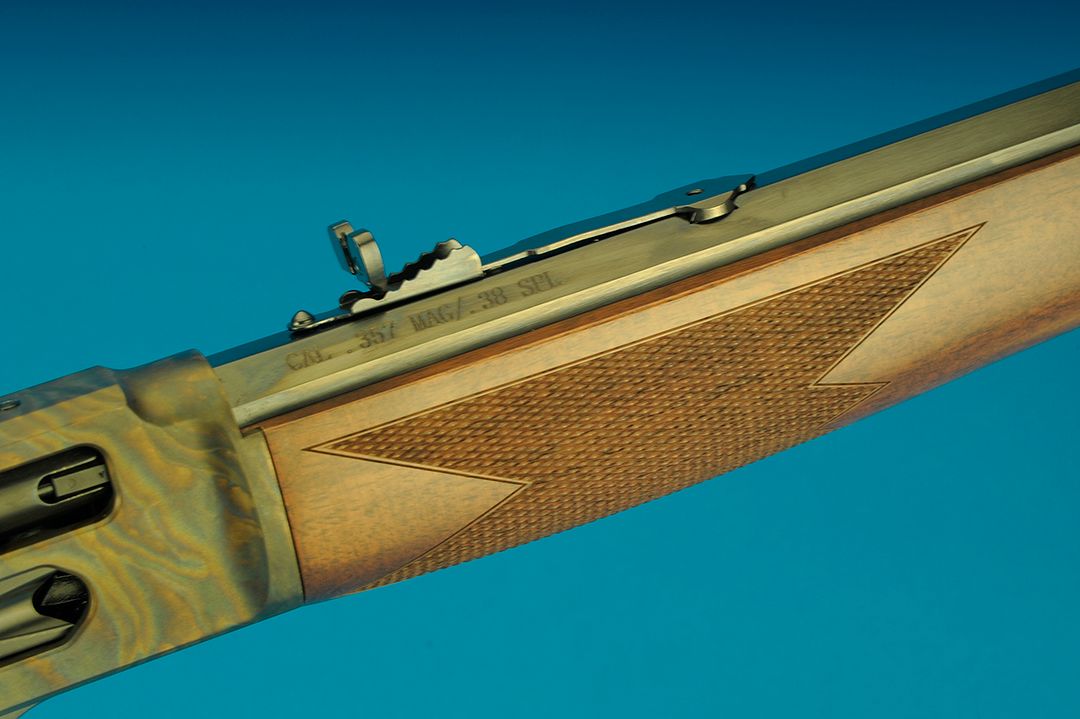
From there, and fortunate to find a niche in the outdoor writing field, I believe I have tested, photographed and hunted with most of the lever guns available today. Looking back, I never had a real favorite, but I guess if my feet were held to the fire, the Marlin 336 in .35 Remington with its side ejection feature could win out, especially since I always loved a scope-mounted weapon. With handloads, that rifle delivered three-quarter-inch groups with a 180-grain Speer over 39 grains of IMR-4320. At one time, I had the hots for the Winchester Model 88, but that wore off simply because it looked more like a common rifle and with collector prices sharply increasing within that period and chambered for that oddball .358 Winchester, I stuck with the Marlin.
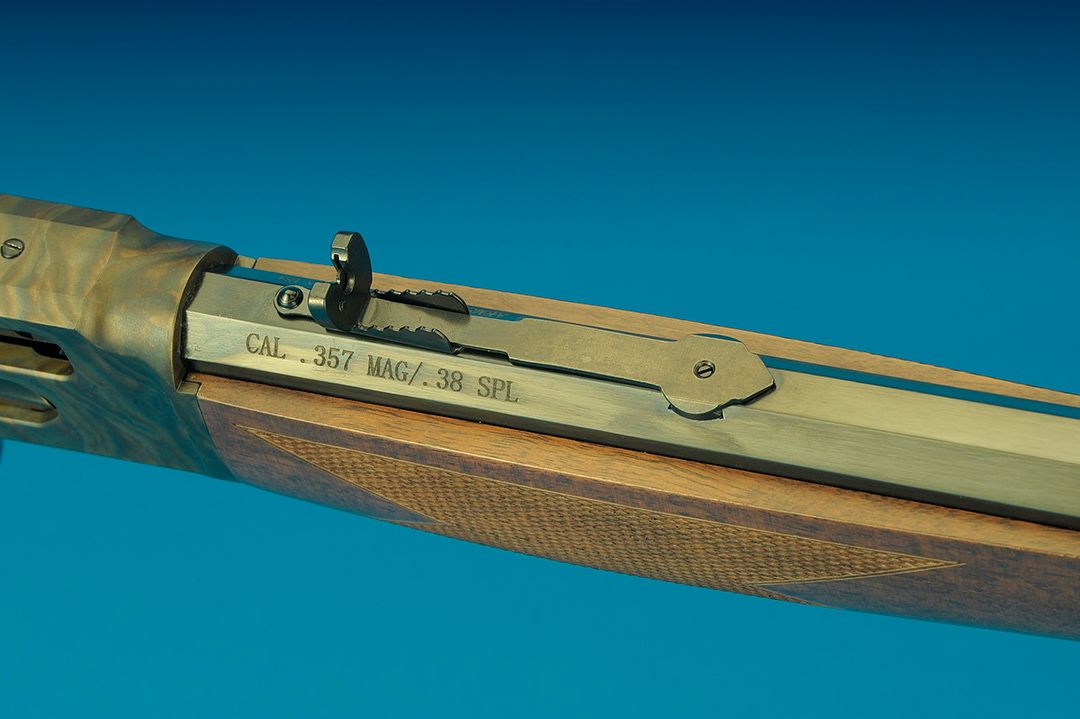
While all these manufacturers offer guns in various models and chamberings, one should look to Henry for what I think is the greatest variety in lever guns. Looking through its most recent catalog, I came up more than 90 models in various stock and receiver configurations to include the famous “Mare’s Leg” that is stainless, blued, color case hardened, engraved and those equipped with a large loop. The figure does not include the sub categories of each model relating to the cartridge or special items, which then include more than 130 different models going from the .22 Long Rifle up to the traditional .30-30 Winchester and .45-70 Government.
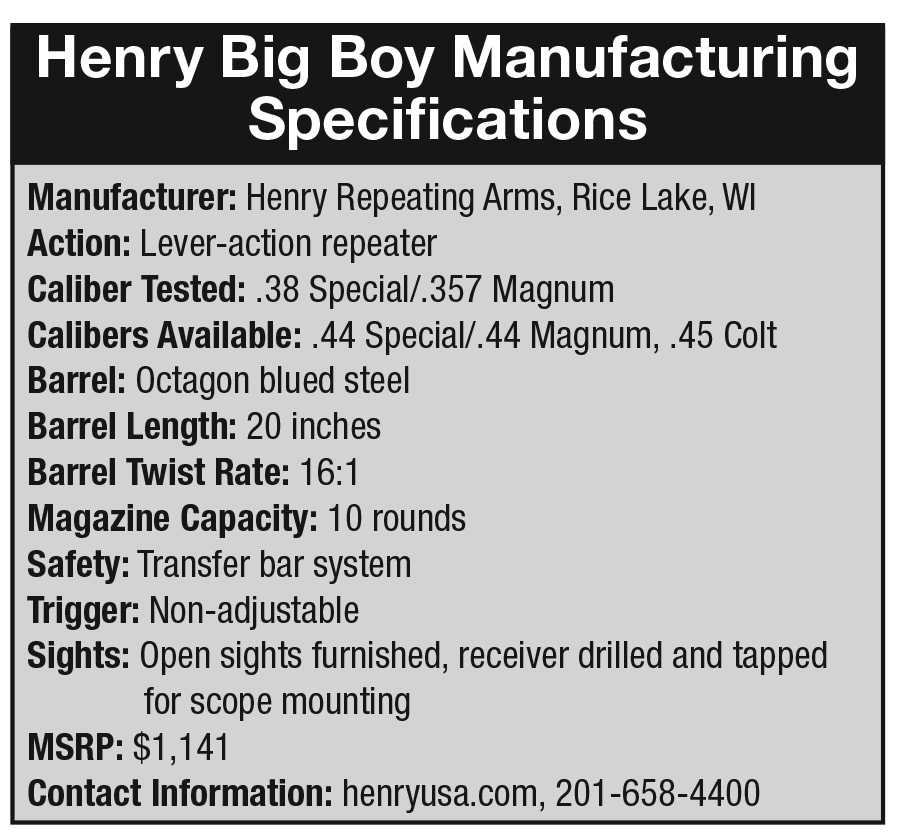
The more modern hunter is not forgotten at Henry as the Long Ranger Rifles include up-to-date models chambered for the .223 Remington, .243 Winchester, .308 Winchester and the 6.5 Creedmoor. Finally, to sweeten the pot even more, the original Henry rifle is preserved by the company in the form of five models chambered in the .44-40 Winchester and .45 Colt.
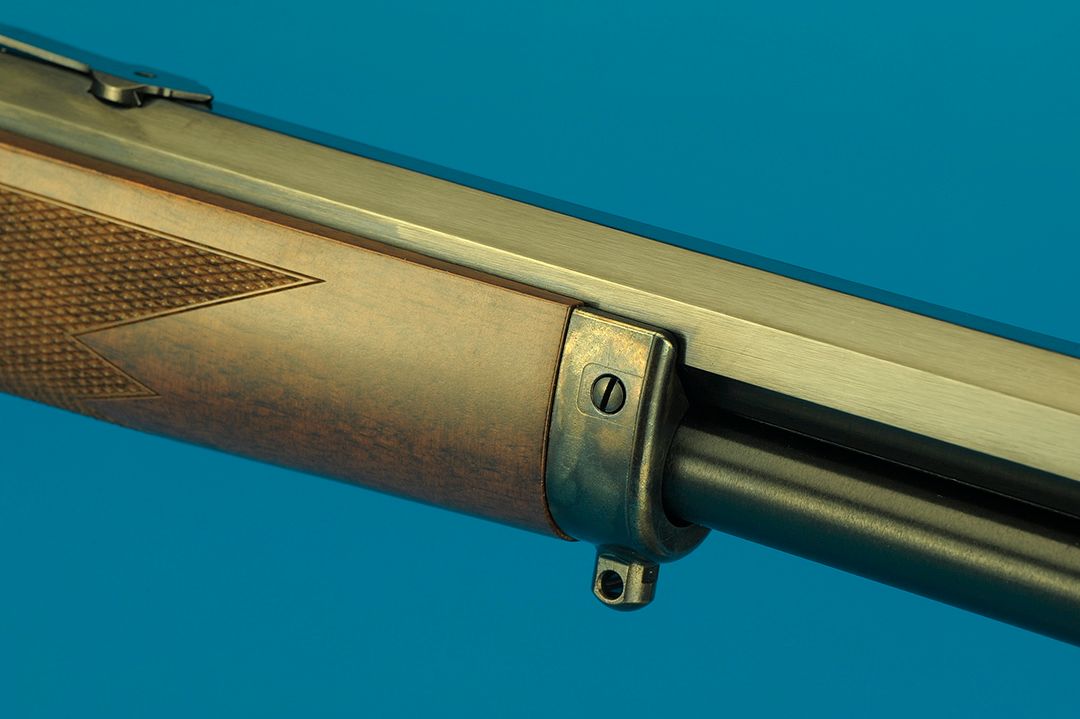
With all the modern CNC machining techniques available today, it seems it would be hard to produce a substandard firearm. I don’t know what Henry uses in their plant, but this rifle, for the money, is something that I would rate as a first-class firearm. The lines are true, the polishing and bluing is top-notch with the attention to the details – outstanding!
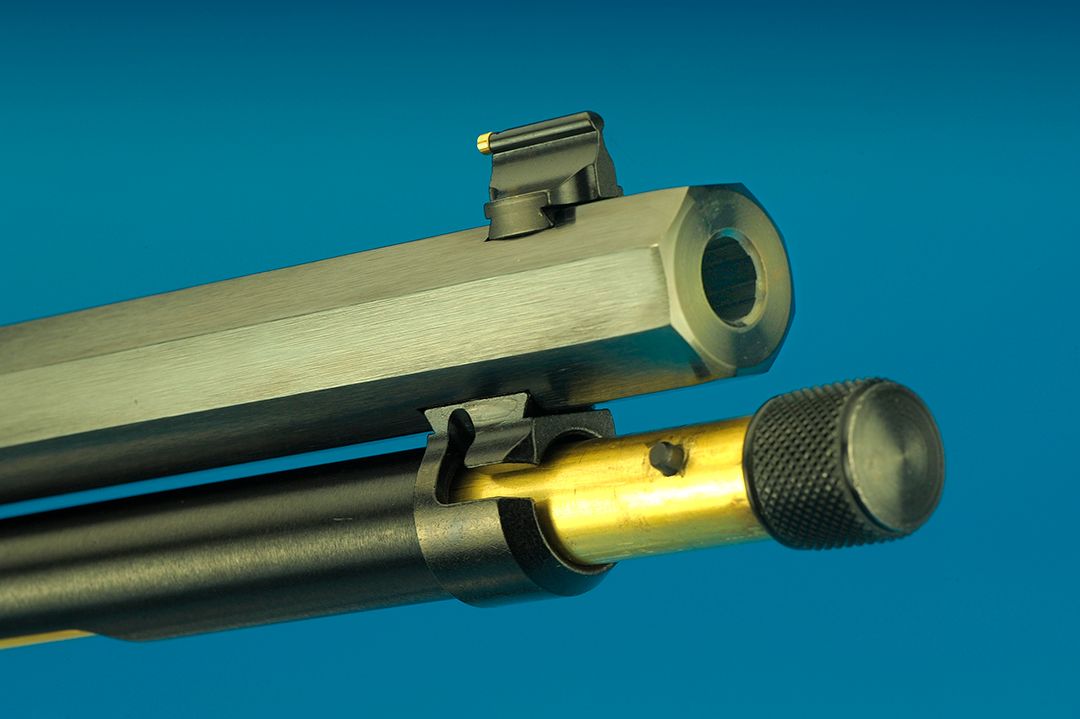
For those interested in lever-action rifles, this would be a good choice. First, the quality of the wood is what I would call, select or above. The grain is straight; there are no knots to mar the appearance on both the buttstock and forearm that starts out with a color case hardened forearm cap, complete with a sling swivel stud. Secured on both sides with a setscrew, it offers protection from this part of the wood stock while making sure the cap does not break loose while moving in the field. This forearm has a point checkering pattern that wraps completely around this part of the stock – cleanly executed with perfect diamonds and a border for that custom look, all with no runovers.
When it comes to the buttstock, the same craftsmanship is evident with a tight fit around the receiver and tang. It should be noted the wood is fitted “proud” meaning that it does rise slightly above the metal, which is a savings to the consumer in labor costs while not distracting from the quality or appearance of the gun. All stocks are matched in color, the curves are smooth at the tang behind the hammer and the wood is perfectly finished with a smooth coat of a satin urethane for durability and weather resistance. The comb is set as to allow the shooter to view the adjustable sights (included) or the use of a scope if desired. The pistol grip is straight and the checkering, like on the forearm, is cut with an ample supply on both the sides of the stock and around the bottom, and again with a border. There is a sling swivel stud near the base of the stock, from here a black spacer with a three-quarter inch rubber recoil pad complete the woodwork on the gun fitted flush with the stock.
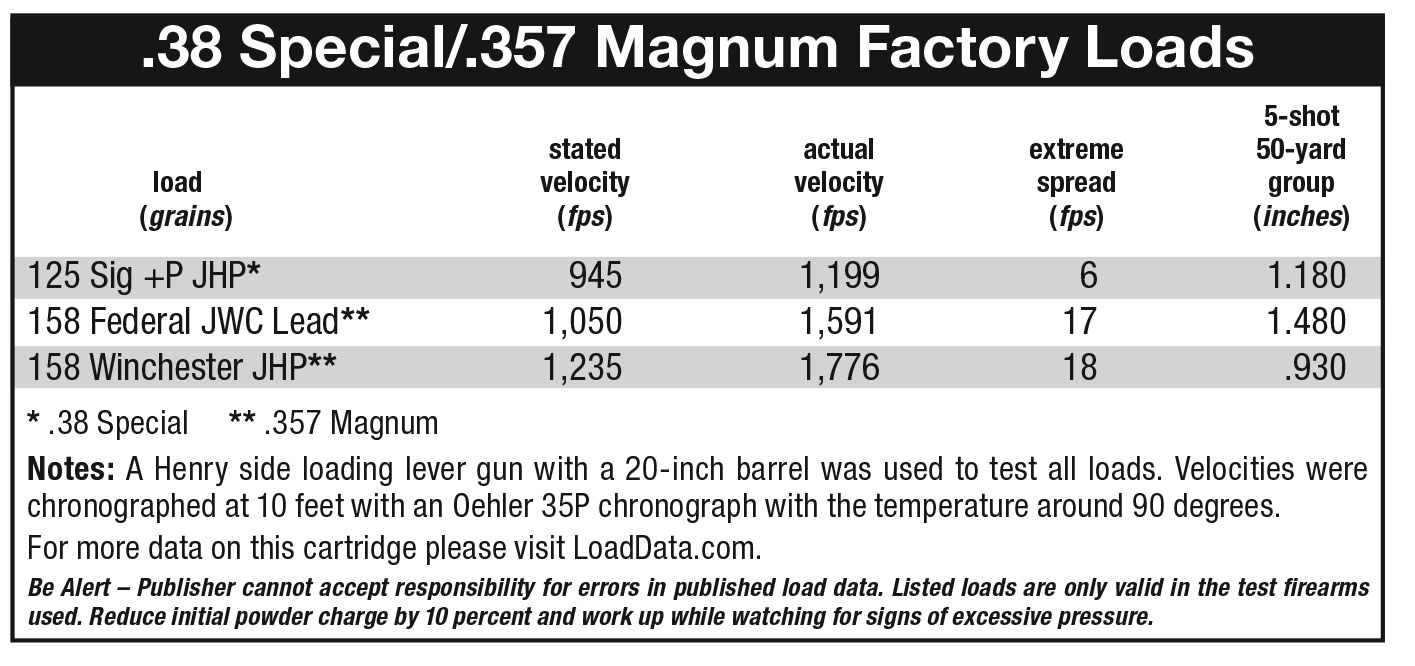
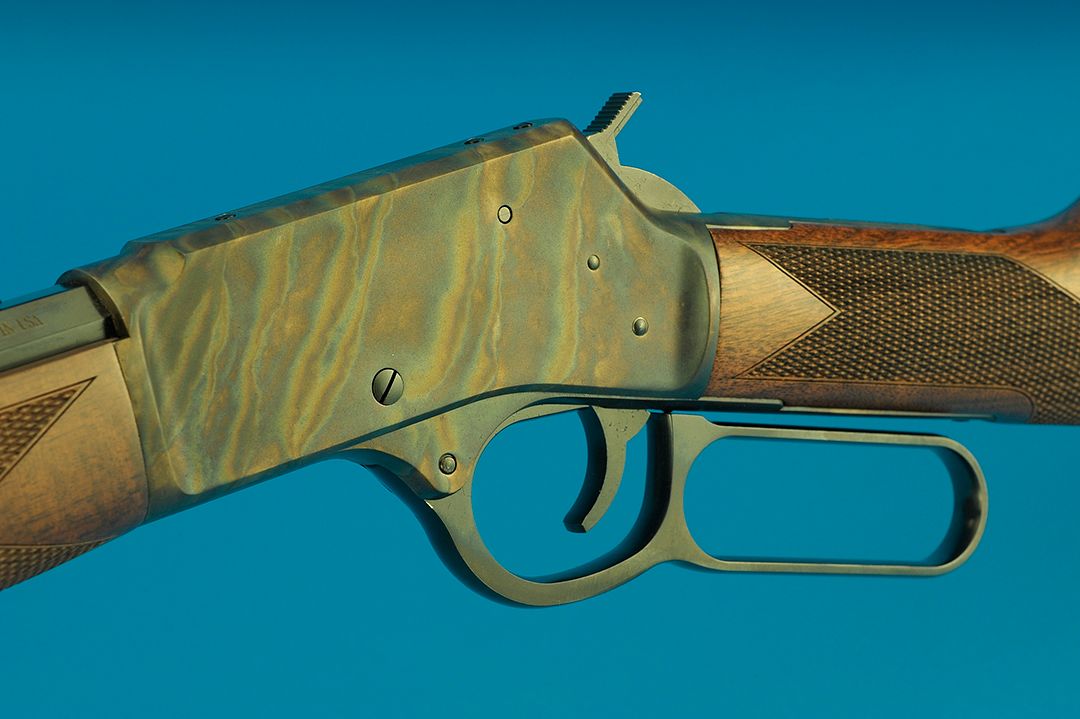
Inward from the muzzle, we have the front sight that is standard on all guns, it has a brass bead and dovetailed into the top part of the barrel. Moving back, we come to the fully adjustable, semi-buckhorn rear sight assembly with a white diamond insert easily moved for both windage and elevation adjustments. For windage, the screw on the front of this assembly must be loosened and with a drift that can be moved right or left. When it comes to elevation, using the steps on the sight will move the bullet up or down on the target. All this takes patience, but it can be done.
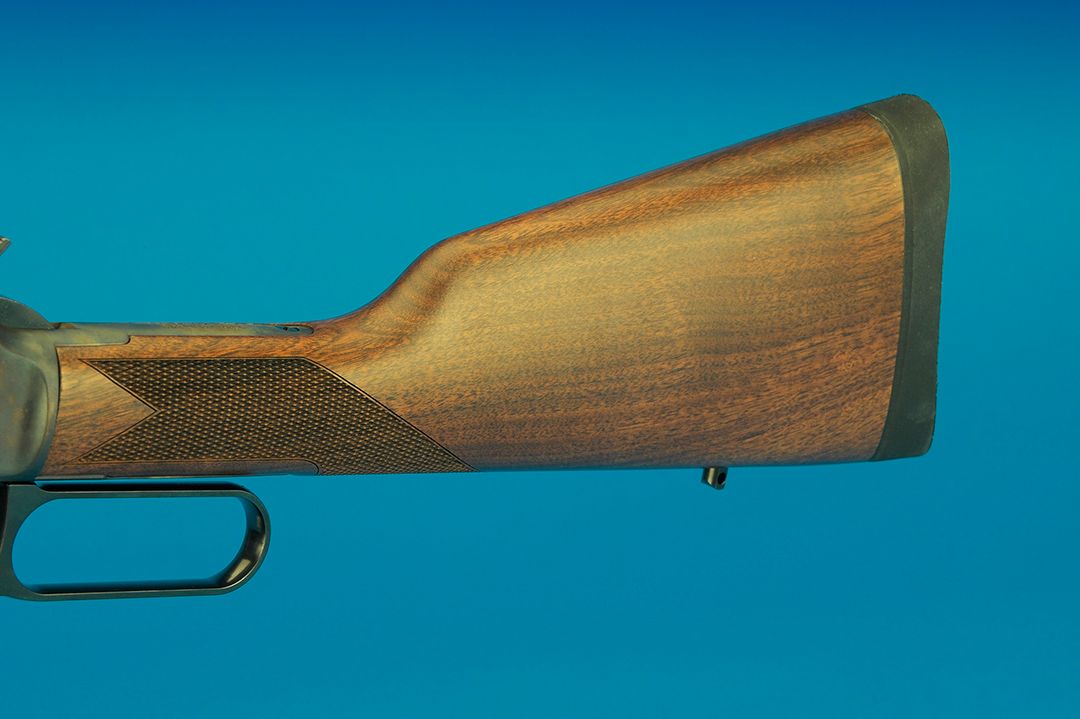
On this model, as well as its companion Carbine, the receiver is color case hardened with bright blue screws and is durable over the long haul and it does add a bit of class to a very traditional rifle. While not as bright as I’ve seen on other firearms, it fits right in with the general appearance of this lever-action rifle. On the right side is the bolt complete with a heavy extractor and an equally impressive ejector that folds down flat within the receiver when the bolt is moved forward. Everything is polished and blued and moves with precision. The loading gate has been worked at the factory and when loading ammunition, there are no sharp edges in or around this opening to bring discomfort to the shooting hand.
On this rifle model, the lever has the traditional design (which can be replaced); on the Carbine, with the large loop as standard. Cocking the gun moves the lever down to a 90-degree angle while moving the hammer back for the next round. This hammer is serrated and is low enough to clear the eyepiece of my scope without attaching the usual hammer extension. The trigger pull on this gun came in at 4.5 pounds with hardly any slack before the sear let go. This action is very smooth, indicating to me that some attention to the details or the precise machining on the inner workings of the gun was done at the factory. Moving the lever back up securely locks it into position for the next round. With this locking feature, the gun will not fire.
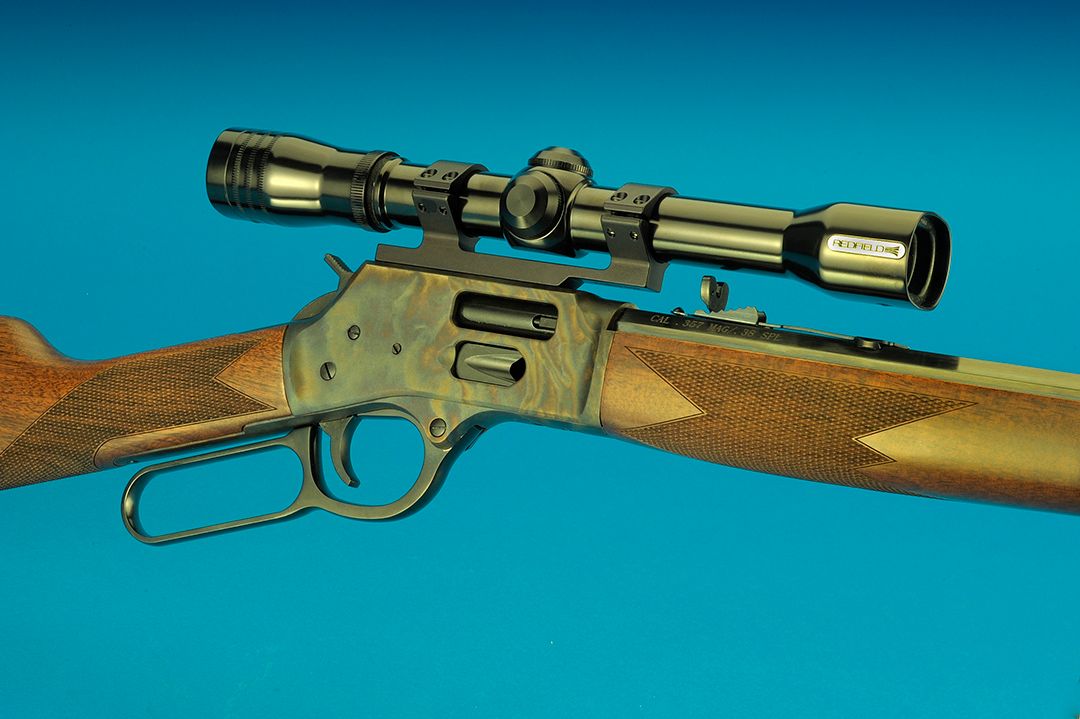
Safeties are always a topic of discussion on a western gun, as no one wants another lever or cross bolt to spoil the looks of their rifle. On the Henry rifles, a transfer bar safety is employed and prevents the gun from being fired except when the hammer is in the fully-cocked position and the trigger is pulled. Additionally, the gun will not fire if the hammer is back and dislodged or the shooter accidently releases the hammer before it is cocked. There is no half-cock position and the gun may be safely carried with the hammer down in its rest position.
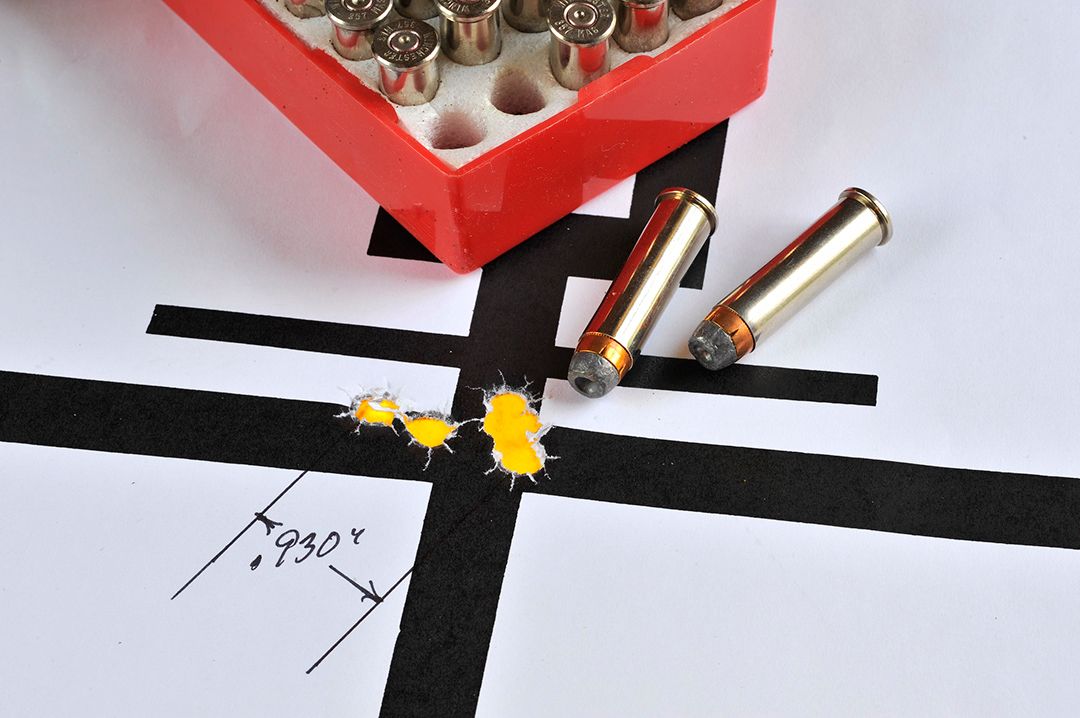
Getting the gun set up and preparing for the range is fun right from the start. It is always enjoyable to shoot pistol cartridges in a rifle and I suspect the Henry will be enjoyable to shoot, especially loaded with .38 Specials. However, there was one caveat as noted in the manual. Apparently, due to the shoulder location on the carrier, Henry stated that .38 Special ammunition will not feed. With that in mind, I’ll take some generic .38 Special ammunition with a handful of some loads in the .357 Magnum to check it out.
When it came to the day in question, the temperature was pegging the needle near 70 degrees in the early morning and topping 90 by the time I finished and I am sure that had some effect on the velocity readings. No doubt, this gun is a shooter and helping to prove this was that the wind was nowhere to be found, making groups really stand out at 50 yards if I did my part. While Henry did advise there may be a problem with some .38 Special loads, my Sig samples fed and ejected smoothly from this rifle.
In any event, at 50 yards with a steady rest, the Henry impressed me with the better groups. With the .38 Special Sig product, the five shots actually touched each other, but strung out, they measured just over an inch. Always checking on how a gun responds to a variety of ammunition and/or bullets, I reached for a box of Federal 158-grain semiwadcutter lead bullets and while they all functioned without problems, accuracy was not that great – spreading the group out to almost 1.5 inches. Finally, Winchester came up with the best group of the morning, under an inch with an increase of about 40 percent in velocity over what might be seen in a revolver.
The Henry lever gun proves that when you take a trusted design and make it better, it works! The action was smooth; no binding was ever incurred, functioning perfect in every way. After formal testing, I settled into the shade of the range, and did some plinking downrange for fun with impressive results offhand even at longer 100-yard distances. I think being muzzle heavy with an octagon barrel, a good stock design with an excellent trigger made it all come together.
Shades of John Wayne? Maybe…

